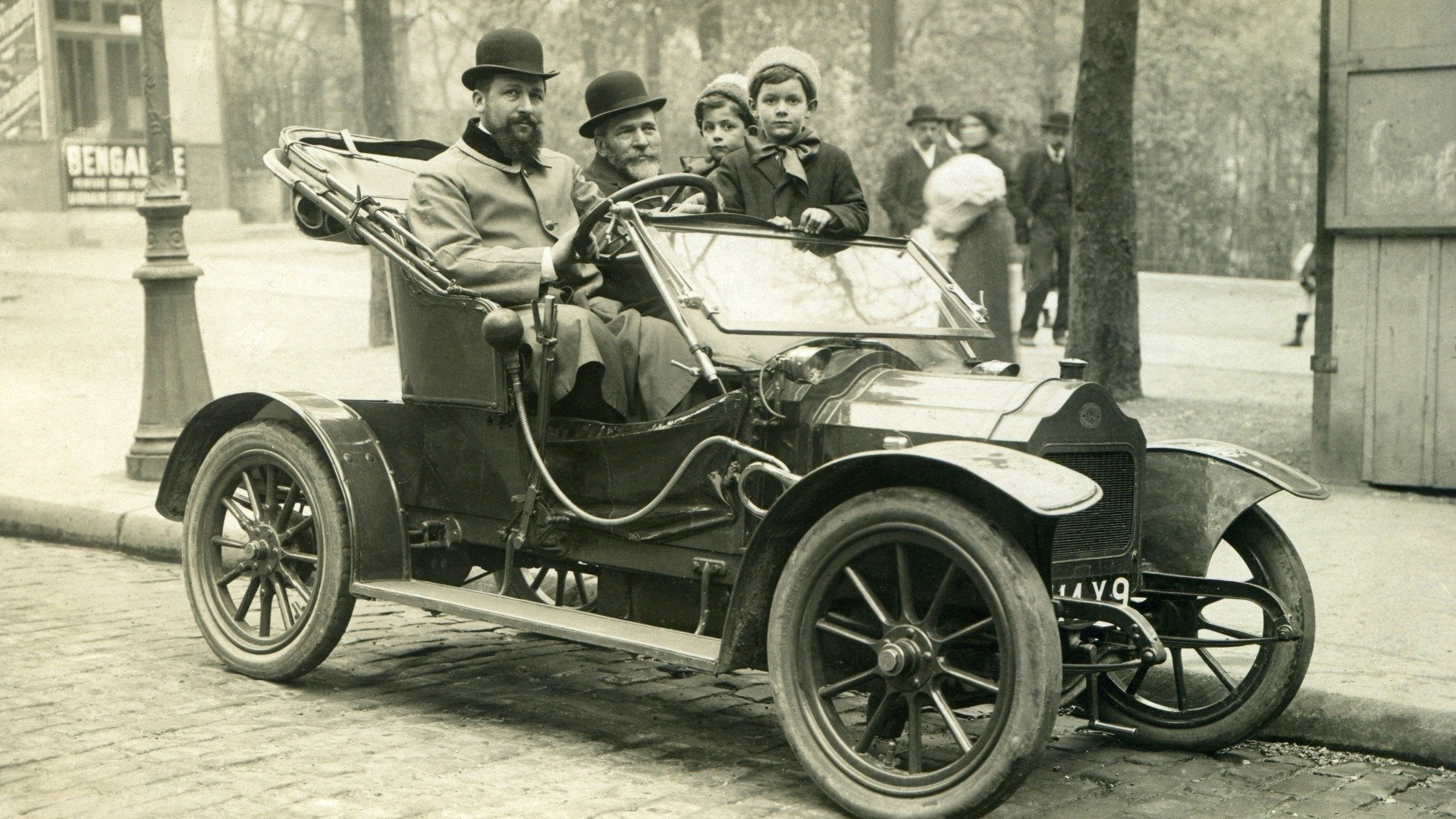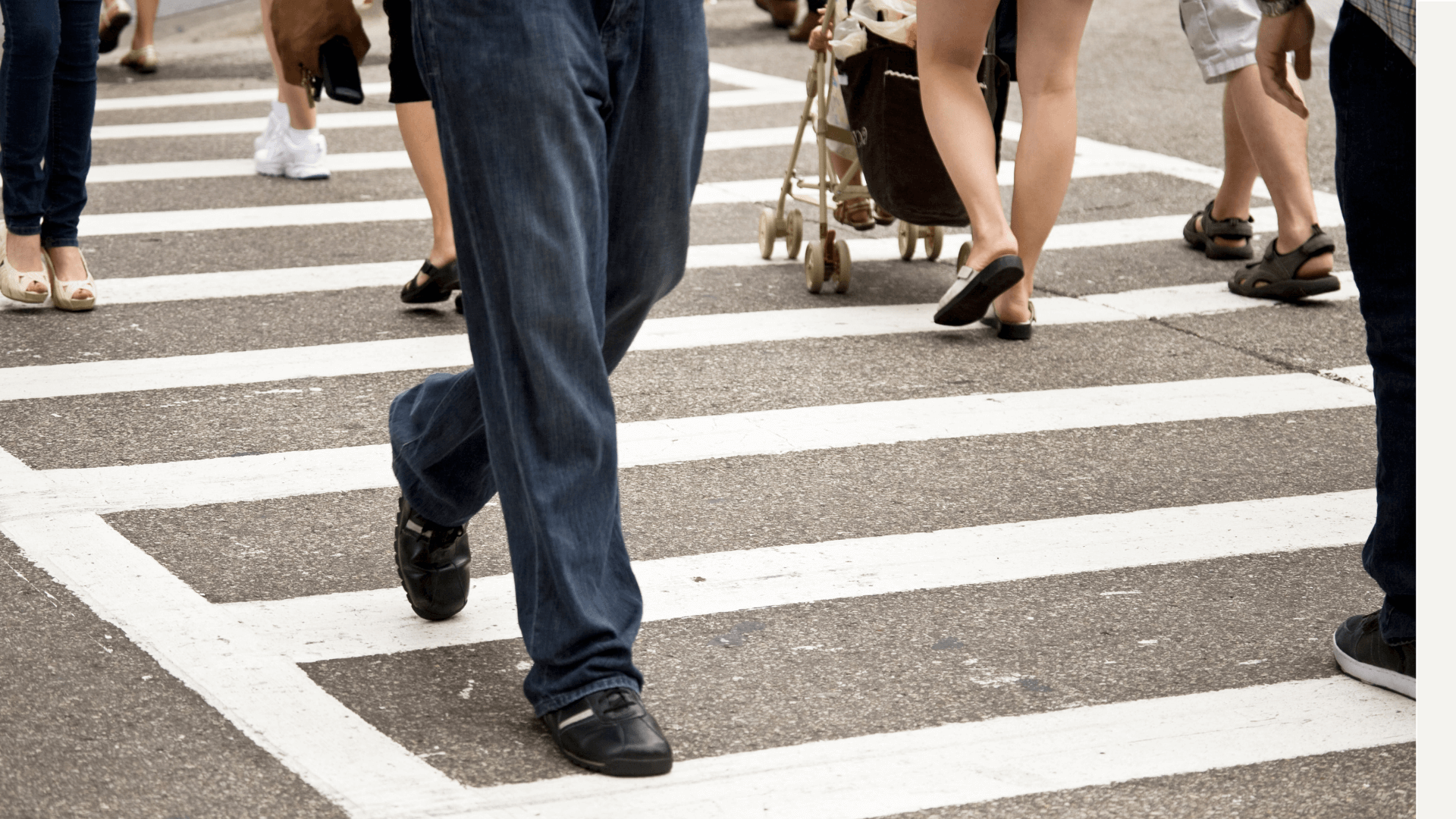Picture this: You’re late for a meeting in downtown Los Angeles, and the nearest crosswalk is half a block away. For decades, navigating the streets could mean a big ticket. However, that’s about to change with recent changes to California’s jaywalking law.
In 2023, the Golden State introduced the Freedom to Walk Act[1], which changed the rules for pedestrians. This law focuses on practical safety over strict rules. This blog covers practical safety considerations for residents and visitors while identifying new legal developments in California’s jaywalking laws.
What is Jaywalking?
Jaywalking means crossing the street outside a marked crosswalk or violating traffic signals. This is considered a minor violation, but walking across the road poses significant risks, such as collisions with vehicles. Jaywalking laws vary from state to state. Understanding these laws is important to pedestrian safety and legal compliance. The California jaywalking law has changed significantly in recent years. This reflects a shift in public perception and the focus of law enforcement.
The word jaywalking is often used to define these types of behaviors:
- Crossing the street outside of a designated crosswalk
- Crossing the street where there is no crosswalk available
- Crossing the street where there is no intersection
- Ignoring signs that instruct pedestrians not to cross
- Disregarding signals that indicate “Don’t Walk!”
California Jaywalking Law: A Historical Overview
The evolution of jaywalking law in California has been remarkable. The term [2] jaywalking emerged in the 1920s as automobiles became more common. This led to an increase in collisions between pedestrians and vehicles. The automotive industry played a key role in promoting the concept of jaywalking to shift blame for crashes from drivers to pedestrians.

Policymakers and advocates supported the new law with data showing that jaywalking citations disproportionately affected low-income and minority communities, often leading to unnecessary fines and negative interactions with law enforcement. By decriminalizing safe mid-block crossings, the Freedom to Walk Act aims to reduce these disparities while maintaining pedestrian safety by allowing enforcement only when a pedestrian’s actions create an immediate danger.
Is Jaywalking Legal in California? Recent Changes in California Jaywalking Law
The way Californians consider jaywalking has changed significantly since the Freedom to Walk Act took effect on January 1, 2023. This new jaywalking California law has altered how jaywalking is handled legally.
Now, under the Freedom to Walk Act:
- You cannot receive a ticket for crossing the street unless you are in a situation where you are at risk of being hit by a car.
- Police officers must consider a pedestrian a safety risk before deciding to issue a citation.
This change reflects a broader understanding that old and strict rules about crossing the street often do more harm than good. This is especially true in places where there aren’t enough zebra crossings or pedestrian-friendly roads.
To learn more about the legality of jaywalking, watch the video from our lawyer.
Tips for Pedestrians to Stay Safe and Legal
If you want to travel safely and legally in California with the new jaywalking California law, consider the tips below:
- Always use marked crosswalks when available.
- Pay attention to traffic lights and avoid crossing when the light turns red.
- Make sure you don’t risk colliding with oncoming vehicles by crossing the road.
- Be especially careful in areas where there are no crosswalks or proper signage.
- Take into account local regulations. This is because some cities may have additional rules regarding pedestrian behavior.
Penalties for Jaywalking in California: Fine for a VC 21955 Ticket
The Freedom to Walk Act has decriminalized aspects of jaywalking law in California, infractions under Vehicle Code 21955[4]may still carry penalties when they involve reckless behaviorv[5]. Here are examples:
- Pedestrians who cross streets in a manner that creates an immediate danger of collision may be subject to fines of up to $250.
- Repeat offenders may suffer additional penalties, though enforcement is less punishing.
Note that the fines are usually jurisdiction-dependent and thus might differ according to the policies implemented by local governments. Pedestrians cited for jaywalking hire lawyers who would defend their rights or clear the confusion over their offenses.When pedestrian violations have become a cause of concern and may lead to court cases, a Los Angeles DUI lawyer can be a helpful guide.
Safety Concerns and Public Perception
The discussion over California Jaywalking laws reflects larger worries about pedestrian infrastructure and public safety. Others, however, worry that passing the Freedom to Walk Act could backfire, leading to more unsafe behaviors when crossing.
Key safety concerns include:
- Insufficient marked crossings in pedestrian-heavy zones.
- Lack of sufficient education on safe street-crossing practices.
- Cities with heavy traffic volumes are more prone to accidents involving pedestrians.
Public perception about jaywalking laws in California has also changed. Many Californians now see such laws as old-fashioned relics that do not make sense in modern urban living. Meanwhile, advocacy groups are more concerned with personal responsibility in maintaining pedestrian and driver safety. If awareness is built and responsible behavior is encouraged, it’s possible to balance pedestrian rights and road safety.
The jaywalking law in California has evolved to mirror changing attitudes toward pedestrian rights and safety. It grants pedestrians greater freedom while emphasizing the importance of responsible behavior to prevent accidents and maintain order.
Understanding California’s jaywalking law enables pedestrians to cross urban areas more confidently, safely, and lawfully.
Choose professional services like a Los Angeles DUI lawyer for legal advice on traffic-related issues.
References
-
Bill Text – AB-2147 Pedestrians. (n.d.). https://leginfo.legislature.ca.gov/faces/billTextClient.xhtml?bill_id=202120220AB2147
-
Holder, S. (2022, August 13). Navigator: Inventing jaywalking and battling to reclaim the streets. Bloomberg.com. https://www.bloomberg.com/news/newsletters/2022-08-13/navigator-inventing-jaywalking-and-battling-to-reclaim-the-streets
-
California, L. (2024, December 25). California’s Freedom to Walk Act: Key Provisions and Implications – LegalClarity. LegalClarity. https://legalclarity.org/californias-freedom-to-walk-act-key-provisions-and-implications/
-
California Code, VEH 21955. (n.d.). https://leginfo.legislature.ca.gov/faces/codes_displaySection.xhtml?sectionNum=21955.&lawCode=VEH
-
Parker, D. (2024, May 14). What is Reckless Driving in California: Penalties and Laws. Manshoory Law Group, APC. https://manshoorylaw.com/blog/reckless-driving-california/



